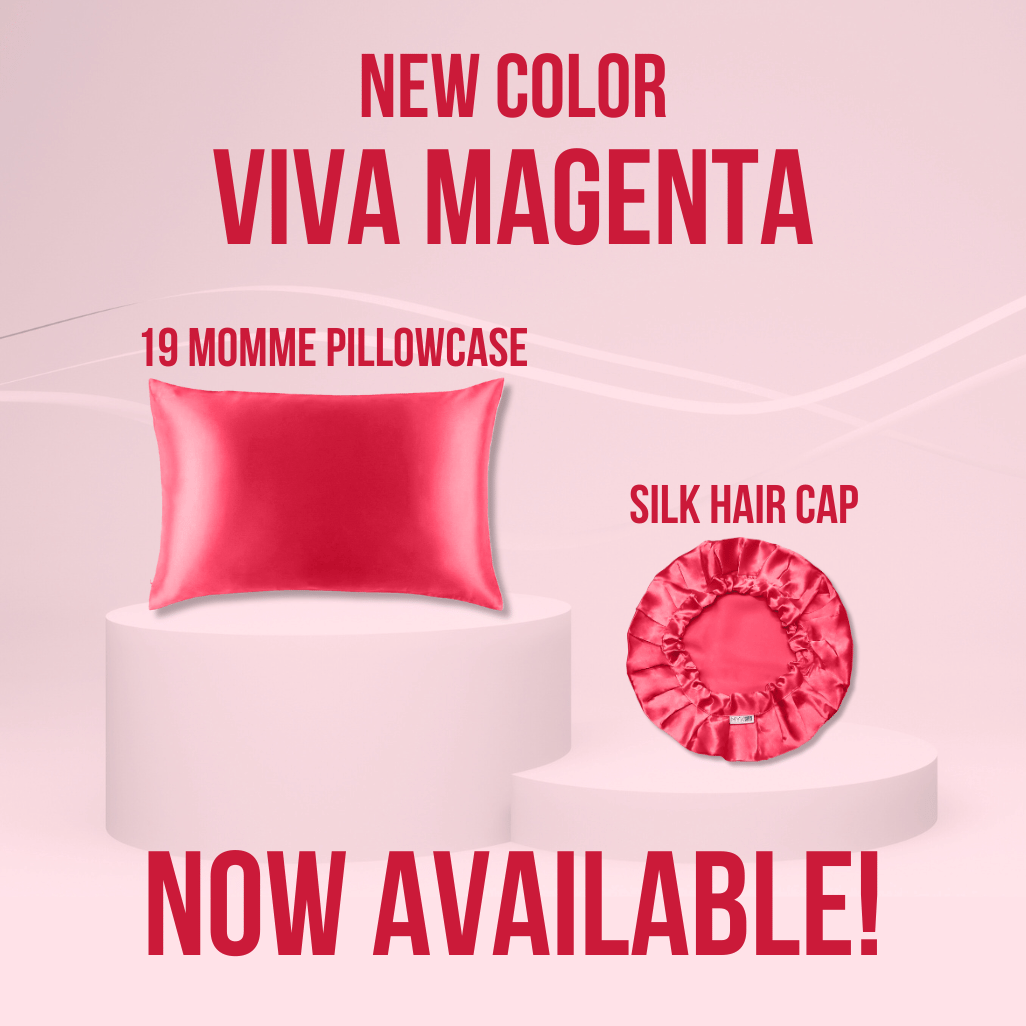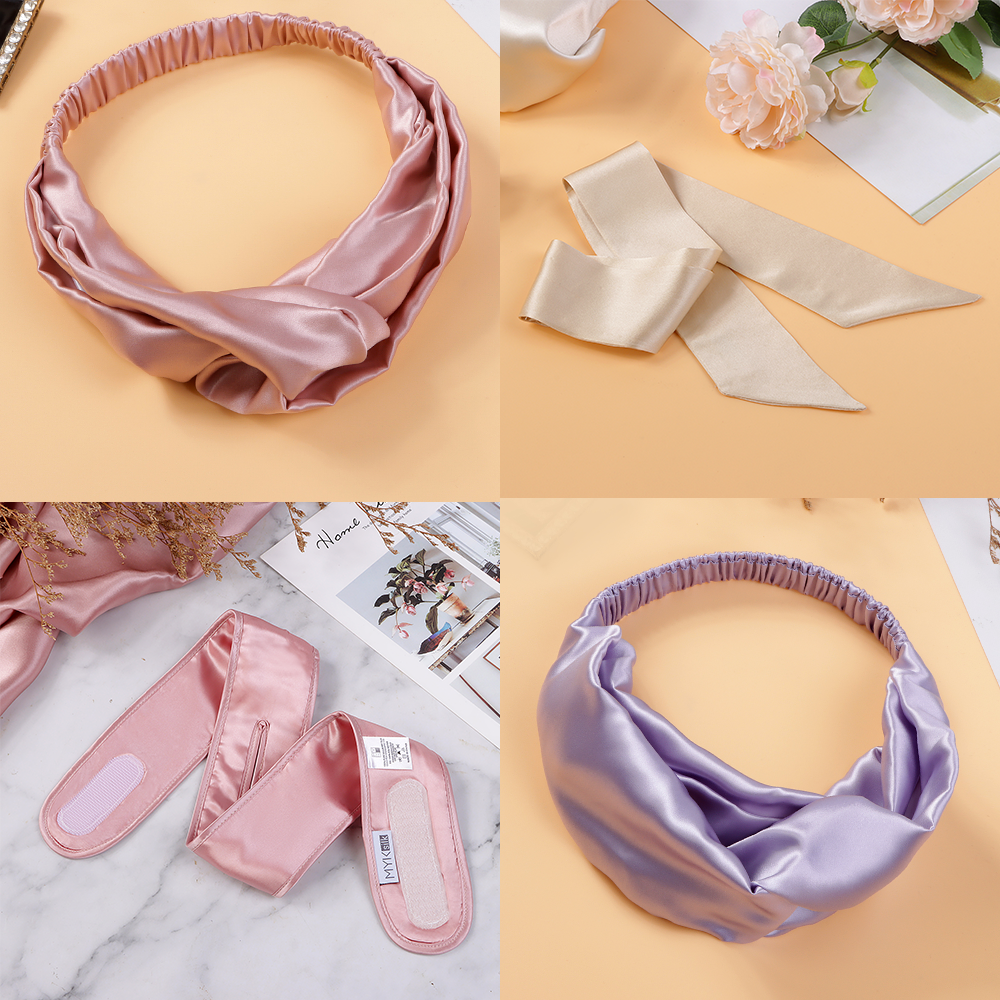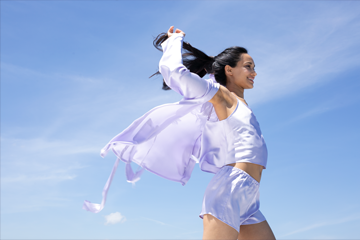
MYK’s Summer Guide to Beating the Heat
Summer’s finally here, and it’s making up for lost time with a vengeance. Although everyone knows that less is more when it comes to staying cool, did you know that the fabric you’re wearing can be even more important than the amount you’re wearing? Go out wearing the wrong fabric and even a tank top can leave you wishing birthday suits were an acceptable outfit option. Likewise, wear your outfit the wrong way (or wear the wrong color) and you might end up looking like your armpits sprung a leak! So how do you protect yourself from a total summer meltdown? Read on!

It’s All About Your Material
While color is important for your image, the material your clothing is made from is, by far, the most important thing to consider when determining what to wear. While the number of fabrics and weaves available at your fingertips can be mind boggling, there’s one general rule for staying cool: wear natural fabrics. Natural fabrics have two major advantages over artificial fabrics: they tend to be lighter and more breathable than artificial fabrics of the same weight, and they wick away moisture rather than repelling it, leaving you much cooler than if you’d worn an artificial fabric.
There is no end all – be all cloth for summer outfits, but there are a number of good options that each have their own benefits and drawbacks.

Cotton
Yes, simple cotton is one of the best materials to wear in the summer and comes in a huge number of varieties: more than 90! However, every cotton fabric shares most of the same qualities when it comes to summer wear. Cotton is extremely breathable, it’s comfortable, and it’s soft to boot. While nearly every natural fabric can handle moisture, either by wicking or absorbing, cotton wins the absorption battle by a landslide: it’s the most absorbent natural fabric. It would be the ideal summer fabric except for one problem: it can actually be too absorbent. Cotton outfits tend to cling to your body, and so if it’s hot enough to sweat, that sweat will immediately go into your outfit. As the sweat accumulates, you’ll end up feeling it. While a cotton shirt covered in sweat will do an excellent job at keeping you cool, the sweat will also do an excellent job at repelling people.

Linen
Linen is a rougher fabric woven from flax, but it has excellent properties for summer wear. It’s light and loosely woven and is actually the most breathable fabric on the list. Linen is also particularly good at wicking away moisture: its loose weave means it tends to dry out much faster than cotton so, unlike cotton, it won’t stick to your body on a hot summer day. Linen isn’t all smiles and sunshine, though. It has a couple of drawbacks. Linen doesn’t stick to your body because it’s a particularly stiff material. As a result, it’s not as comfortable to wear as silk or cotton. It also wrinkles even more easily than either cotton or silk, and can be difficult to wear without looking a little bit like a bag.

Silk
Silk, like cotton and linen, is a breathable fabric, and while it isn’t quite as breathable as linen, it does share linen’s wicking ability, and also can hang loosely on your body. Silk’s wicking properties are also especially strong, and it will continue to wick moisture away from your body - unlike cotton, it can continue to wick even after it has absorbed enough water to become visibly damp, so it will end up drying out much more quickly than cotton and about as fast as linen. Of course, being silk, it’s much more comfortable than linen, and fashion-wise is a bit more summer oriented, helping you achieve a breezy, airy look.

Color Me Sweltering
Just because material is the most important aspect doesn’t mean that color will have no impact on your ability to beat the heat. Traditionally, people will tell you to wear lighter colors because they’ll reflect more light, leaving you cooler. Unfortunately, this is a bit of an urban legend: there’s no difference temperature-wise between wearing light clothes and wearing dark clothes in the summer. White does reflect heat away from you, but it also reflects your body’s heat right back at it. Likewise, black absorbs environmental heat but also absorbs your body’s heat, leaving you cooler.
While color doesn’t affect how hot you are in the summer, it does have one extremely important effect on your outfit: how well sweat will show up. Lighter clothes, with the exception of bright white, will make your sweat much more visible - darker colors, like black and navy, are sweat hiding superstars. Only you will know if you sweat! Do note that while you may be hiding your sweat, you won’t be eliminating it. You’ll still be damp to the touch, but a moisture wicking fabric can help you avoid marinating in your own sweat.

Putting it all Together
When putting your outfit together, material and color will have the greatest impact on your ability to look (and stay) cool. Your best all-around option to beat the heat is either a shorter silk dress (even pajamas can work!) or a dark silk top combined with shorts or pants made from any of the natural fabrics listed above, though we'd recommend silk or a cotton weave like chambray. You’ll have a balanced yet elegant appearance while keeping cool: the only thing sizzling will be your outfit.





Dejar un comentario
Este sitio está protegido por hCaptcha y se aplican la Política de privacidad de hCaptcha y los Términos del servicio.